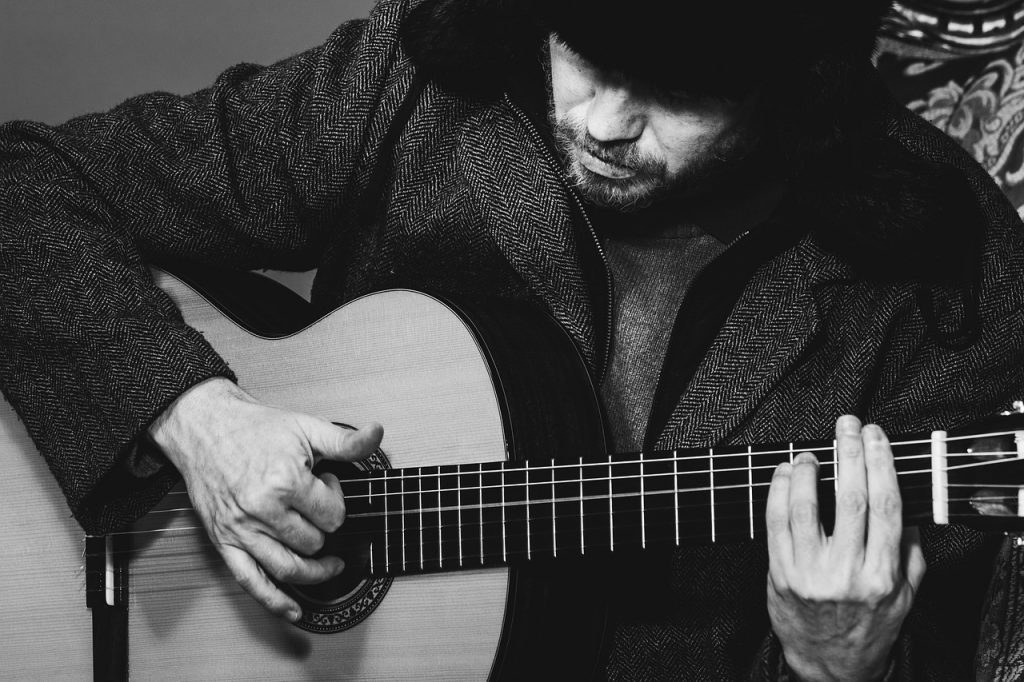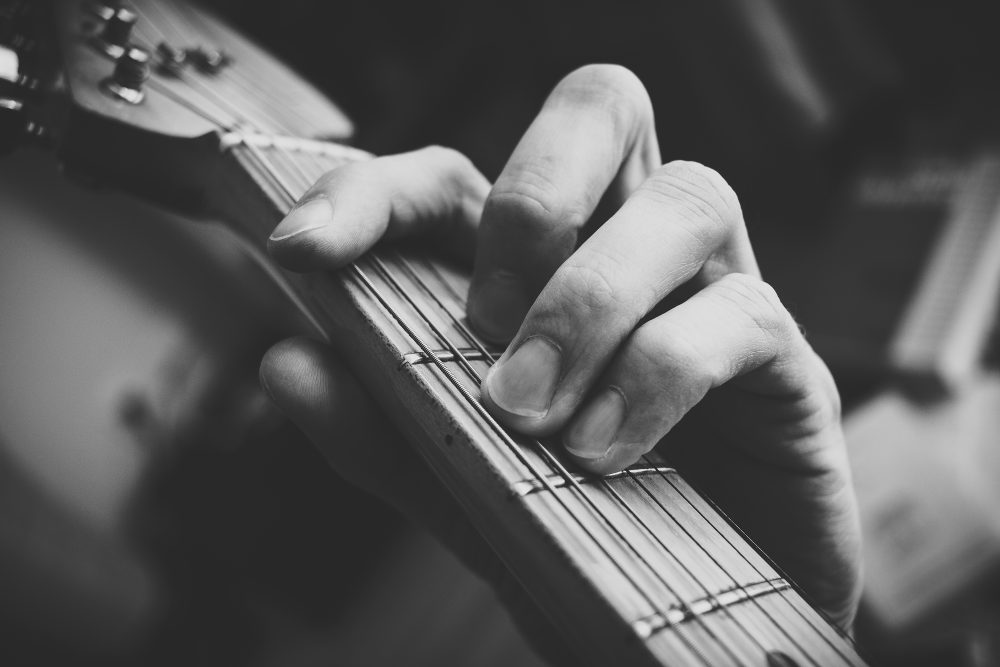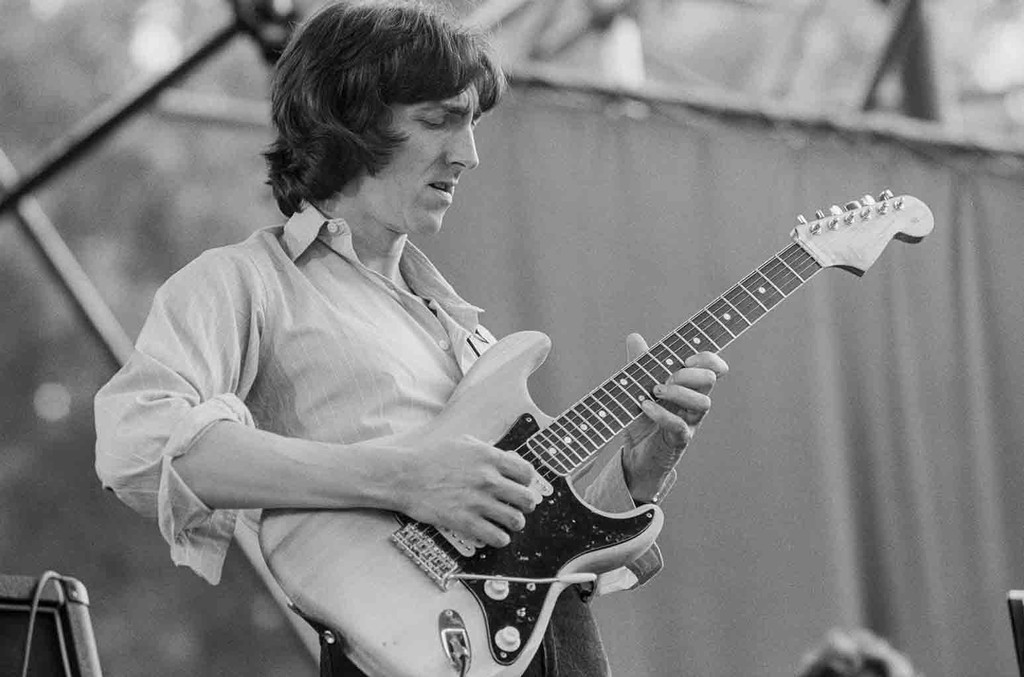The classic power chord, which some say was invented by Link Wray in the late 1950s, appears to have already been used by blues guitarists Willie Johnson and Pat Hare in the early 1950s. What is certain is that this classic grip paved the way for rock, blues, the early harder rock/metal of the late 60s and 70s, as well as punk.A power chord contains just two intervals, the root and the fifth, which can be doubled for a heavier sound. Here’s the classic (G) power chord with just the root and the fifth, then with the root doubled:





The Eric Johnson Power Chords
I call these the Eric Johnson power chords because he’s well known to use these and other spread voicings instead of a regular close-voiced power chords like the ones above.

You’ll hear Eric use this type of power chord in Cliffs of Dover and various other tunes; he also slides up and down the fretboard with them when improvising. Again, we have just the root and the fifth but arranged to create a different sound. If your muting is versatile, you can strum this one, or alternatively play it finger style or like Eric does with fingers and pick. If we move this down a set of strings, it will look like this:
Here’s another variation he uses: The G Chord Power Chord
The G Chord Power Chord

This is a great way to combine the heavy low end with higher register notes to really fill out the sound.
The CAGED Power Chord
I call this one the CAGED power chord because it reminds me of the C Shape from the awful CAGED system; however, this shape is actually useful:

In this shape we double up the fifths instead of the root which gives (to my ear) a more classical sound. I’ve definitely seen Ritchie Blackmore and Alex Lifeson use this kind of spacious power chord. I really like the sound of this one.

Remember, all these shapes are movable, simply shift the root note (in red). If you’re moving horizontally up and down the fretboard, the shapes will be the same; but, if you’re moving across the fretboard, you’ll need to take the warp factor into account.
Happy power chording!



